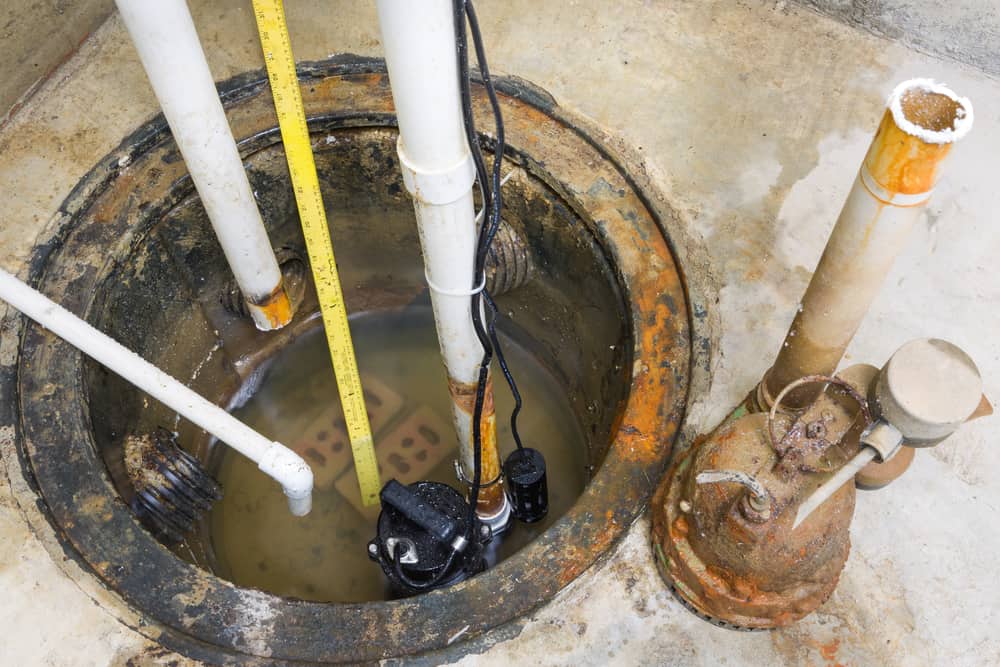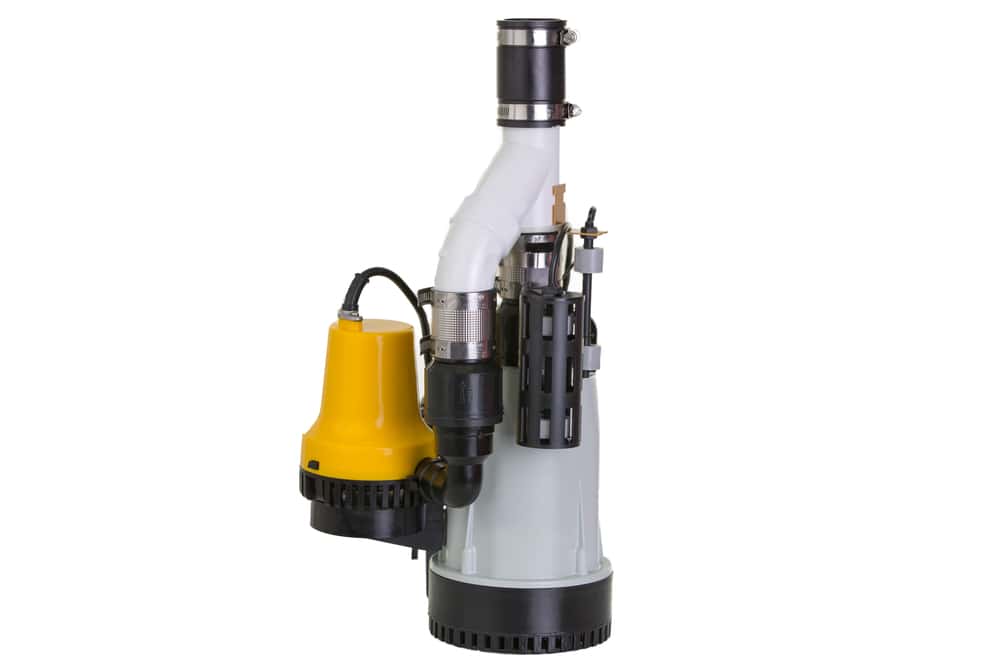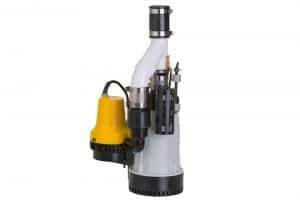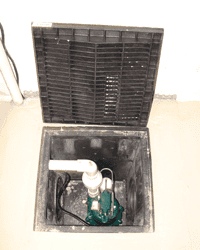Today, builders in this part of North Carolina usually install sump stations in new construction. A sump pump system works at the lowest level of a building to prevent water pooling. It helps direct excess water from basements, utility rooms, or other low-lying sites to the outdoors. This brief article describes a useful test to help determine whether this essential item of waterproofing equipment remains in good operating condition.

Sump Pump System Basics
First, manufacturers produce a wide variety of sump pumps for residential and commercial use today. Secondly, most of these units operate beneath the level of the drain within a sump station. However, some pedestal varieties remain affixed above the sump. (Unlike submersible units, pedestal pumps provide comparatively easy access to the motor.)
Sump pumps perform valuable service by preventing the accumulation of water in the lower levels of a home or business. Currently, most of these units maintain an anticipated life expectancy between 5 and 12 years. Also, some expensive models of pedestal pumps last up to 25 years or more. In most cases, property owners maximize the utility they receive from technology by obtaining periodic maintenance and repair services.
Currently, some owners maintain both professionally installed sump pumps and one (or more) back-up battery-powered units. Pumps which operate with the assistance of the electrical system alone might shut down abruptly if a flood or other natural disaster causes power outages. Also, pumps which rely upon battery-powered motors or backup generators continue operating even under adverse conditions.
Importance Testing And Maintenance Tips
1. As a preliminary matter, most experts recommend checking on the operation of the sump pump system using a simple test. By ensuring this equipment remains in good operating condition, property owners gain greater peace of mind during emergencies. Never conduct this test if you notice loose or exposed wiring visible around the sump pump, or if you detect a frayed or damaged power cord. Also, refrain from reaching into the sump basin.
2. The test involves taking one or two buckets of clean water and pouring them into the sump basin. Evaluate how well the water drains from the location. In this situation, the sump pump should immediately spring into action and begin pumping water. Problems have occurred if (1) the sump pump fails to operate, or (2) the sump pump does not cease operating promptly after the removal of the water. Finally, obtain assistance from a sump pump repairer if you detect any system failures.
Contact Us
In the Greater Raleigh Area, protecting basements and crawl spaces against groundwater seepage and dampness matters enormously. Water damage frequently costs homeowners financial losses in this region. Also, to obtain knowledgeable assistance installing, maintaining, repairing, or replacing sump pumps, or to request any other waterproofing services, contact Raleigh Waterproofing, Inc. We possess extensive experience in construction. Our firm helps residential and commercial clients discover cost-effective waterproofing solutions. Lastly, call us today at 919-877-9969 for assistance.
Information Sources:
1. https://en.wikipedia.org/wiki/Sump_pump
2. https://www.nachi.org/sump-pumps.htm
3. https://www.raleighwaterproofinginc.com/sump-stations/





